The Nifty 50 is a well-known stock market index in India that encompasses 50 of the largest and most liquid Indian companies listed on the National Stock Exchange (NSE). It is considered a benchmark index reflecting the overall market conditions and sentiment in the Indian equity market. The Nifty 50 index is widely tracked by investors, traders, and financial institutions both in India and globally due to its representation of the performance of the Indian stock market.
With constituents spanning various sectors such as banking, information technology, consumer goods, and more, the Nifty 50 index provides a diversified view of the Indian economy. The index is calculated using a free-float market capitalization-weighted methodology, giving higher weightage to companies with larger market capitalization. The Nifty 50 is an essential tool for investors looking to gain exposure to a broad range of Indian equities and assess the overall performance of the Indian stock market.
History of Nifty 50
The Nifty 50 index was introduced by the National Stock Exchange (NSE) of India on April 22, 1996, as a method to track the performance of the major Indian stock market. It originally comprised 50 stocks from 24 different sectors, aiming to provide investors with a broad representation of the Indian equity market.
Over the years, the Nifty 50 index has become one of the most widely tracked and traded indices in India. It has gained significant popularity among investors due to its diverse composition and the inclusion of well-established companies that are leaders in their respective industries. The history of Nifty 50 showcases its evolution as a reliable benchmark for gauging the overall performance of the Indian stock market.
App for trading is a must-have tool for modern investors looking to stay ahead in the dynamic world of stock trading. With the rise of online trading platforms, having a reliable app for trading like app for trading is essential for making informed decisions on the go. Whether you are a seasoned trader or just starting out, using an app for trading can give you access to real-time market data, advanced charting tools, and seamless order execution. Make the most of your trading experience with the convenience and flexibility offered by an app for trading.
Composition of Nifty 50 Index
The Nifty 50 index is a carefully curated selection of 50 prominent Indian companies that represent various sectors of the economy. These companies are chosen based on their market capitalization, liquidity, and trading frequency. The composition of the Nifty 50 index is revised periodically to ensure that it remains reflective of the current market conditions and economic landscape.
The index includes companies from sectors such as banking, information technology, oil and gas, consumer goods, and pharmaceuticals, among others. The weightage of each company in the Nifty 50 index is determined based on its market capitalization, with larger companies having a higher impact on the index’s movements. This diversified composition helps investors gain exposure to a wide range of industries and reduces the risk associated with investing in individual companies.
Criteria for Inclusion in Nifty 50
To be included in the Nifty 50 index, companies must meet specific criteria set by the National Stock Exchange of India (NSE). One of the primary requirements is that the company must have a market capitalization that places it in the top 50 of all listed companies on the NSE. This criterion ensures that the Nifty 50 index comprises the largest and most liquid companies in the Indian stock market. Additionally, companies must have a track record of financial performance and governance standards that meet the NSE’s guidelines.
Furthermore, potential candidates for inclusion in the Nifty 50 index must adhere to certain trading and listing norms specified by the NSE. These criteria help ensure that the companies included in the index are actively traded and meet the necessary regulatory requirements. By maintaining these stringent standards, the Nifty 50 index aims to provide investors with a diversified and representative benchmark of the Indian equity market.
Performance of Nifty 50 Index
The performance of the Nifty 50 Index is closely monitored by investors and analysts as it serves as a barometer of the Indian stock market. Over the years, the index has demonstrated resilience and shown upward trajectory amidst market fluctuations. Investors track the Nifty 50 performance to gauge the overall health of the Indian economy and make informed investment decisions.
The Nifty 50 Index has shown strong growth potential, reflecting the sound performance of leading companies across various sectors. The index is diversified and represents different industries, offering investors a balanced exposure to the Indian market. With its performance closely aligned with the overall market sentiment, the Nifty 50 Index plays a crucial role in shaping investment strategies and market outlook.
Benefits of Investing in Nifty 50
Investing in the Nifty 50 index offers investors exposure to a diversified portfolio of fifty of the largest and most liquid stocks listed on the National Stock Exchange of India (NSE). This diversification helps reduce individual stock risk, providing a more stable investment option compared to investing in individual stocks. Additionally, the Nifty 50 index is well-regarded for its representation of various sectors of the Indian economy, offering a balanced exposure to different industries.
Furthermore, investing in the Nifty 50 index provides investors with a convenient way to gain exposure to the Indian equity market as a whole. Instead of needing to pick and choose individual stocks, investing in the Nifty 50 allows for broad market participation with just one investment. This simplicity can be particularly appealing to investors looking for a hassle-free way to access the Indian stock market and benefit from the overall growth potential it offers.
Share Market App is a valuable tool for investors looking to stay informed and make smart decisions in the stock market. Whether you are a beginner or an experienced trader, having a reliable Share Market App like Share Market App can provide real-time updates, analysis, and insights to help you navigate the complexities of the market. With Share Market App, investors can easily track their investments, monitor market trends, and access a wealth of resources to enhance their trading strategies. Stay ahead of the curve and maximize your investment potential with Share Market App.
Risks Associated with Nifty 50
Investing in Nifty 50 comes with its fair share of risks. One of the primary risks is market volatility, which can lead to sudden and significant fluctuations in stock prices. This volatility can be influenced by various factors such as economic indicators, geopolitical events, and market sentiment, making it difficult to predict and manage.
Another risk associated with Nifty 50 is sector-specific risks. As the index comprises companies from various sectors, any adverse developments in a particular sector can have a cascading effect on the entire index. Factors like regulatory changes, technological disruptions, or industry-specific challenges can impact the performance of individual companies, ultimately affecting the overall index performance.
Comparison of Nifty 50 with Other Indices
The Nifty 50 index is often compared with other major indices such as the S&P 500 in the United States and the FTSE 100 in the United Kingdom. While the Nifty 50 represents the top 50 Indian companies based on market capitalization and liquidity, the S&P 500 includes 500 leading US companies chosen for market size, liquidity, and sector representation. Similarly, the FTSE 100 comprises the 100 largest UK-listed companies by market capitalization.
The performance of the Nifty 50 index is closely watched in comparison to these global indices to gauge the health of the Indian stock market in relation to other economies. Investors and analysts analyze how these indices move in correlation or divergence to predict broader market trends and make informed investment decisions. Additionally, understanding the differences in sector composition and economic factors driving these indices provides valuable insights into the dynamics of the global financial markets.
Top Companies in Nifty 50
The Nifty 50 index is a collection of India’s top 50 companies listed on the National Stock Exchange (NSE) based on various factors such as market capitalization, liquidity, and trading volumes. These companies represent a diverse range of industries including financial services, information technology, consumer goods, and energy. Some of the top companies in the Nifty 50 index include HDFC Bank, Reliance Industries, Infosys, Tata Consultancy Services, and Hindustan Unilever.
These companies are considered leaders in their respective sectors and are known for their stable performance and strong market presence. Investors often look to these companies for long-term investments due to their established track record and steady growth potential. The inclusion of these top companies in the Nifty 50 index reflects their significance in the Indian economy and their impact on the overall market sentiments.
Future Outlook for Nifty 50
Looking ahead, the future outlook for Nifty 50 appears to be optimistic. With the ongoing developments in technology, healthcare, and sustainable energy sectors, many companies within the index are poised for growth. Additionally, the Indian economy’s resilience and potential for recovery post-pandemic are expected to positively impact the performance of Nifty 50 in the coming years.
However, it is essential to acknowledge the inherent volatility in the stock market and the unpredictability of global economic factors. While the Nifty 50 has shown resilience in the past, there are always risks associated with investing in equities. Investors should conduct thorough research and exercise caution when making decisions related to Nifty 50 to navigate any potential fluctuations in the market effectively.
Read more:
- Asus ROG Strix G15 Advantage Edition
- Xbox Refund How To Refund A Game On Xbox?
- How To Connect Xbox Controller To iPhone?


